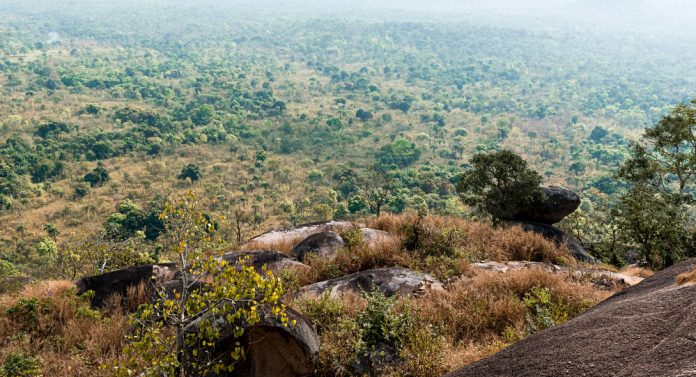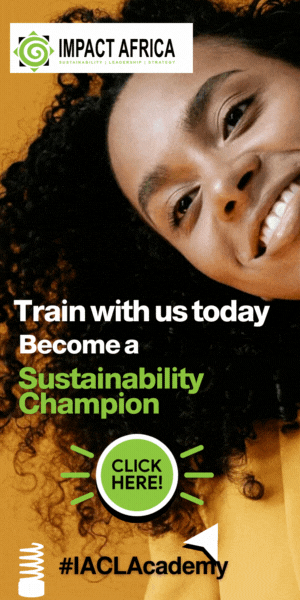Africa’s Great Green Wall, an ambitious initiative aimed at restoring degraded landscapes and stimulating economies across the continent, is currently facing significant financial constraints, making it improbable to meet its 2030 completion goal. This reality was highlighted by Alain Richard Donwahi, president of the most recent UN summit on desertification.
Launched in 2007, the project aims to revive 100 million hectares of land. However, as of now, only 30% of this target has been achieved, according to Donwahi, who is privy to detailed progress reports. This vast undertaking seeks to restore an 8,000-kilometer (5,000-mile) corridor stretching from the Atlantic Ocean to the Red Sea, benefiting some of the world’s poorest nations on the edge of the Sahara Desert, such as Ethiopia, Mali, and Sudan.
Donwahi highlighted the urgency of the situation ahead of the World Day to Combat Desertification and Drought, scheduled for June 17 in Bonn, where he will appeal for renewed international support. “It is an understatement to stress that we are not in line with our common objective to complete by 2030,” he remarked, emphasizing the need for a renewed collective effort.
Read: The Great Green Wall of Africa: Is This the Next Wonder of the World?
The project faces substantial hurdles, particularly in securing adequate funding and ensuring effective implementation. Coordination among the 11 African countries involved has been especially challenging, exacerbated by the lack of a centralized monitoring strategy. The situation is further complicated by ongoing humanitarian crises in some of these countries, driven by military coups, wars, and Islamist insurgencies.
The financial requirements for the Great Green Wall are daunting. A 2020 progress review by the U.N. Convention to Combat Desertification (UNCCD) estimated that an additional $33 billion is needed to meet the 2030 target. Although international donors pledged approximately $19 billion at a 2021 summit, only $2.5 billion had been disbursed by March of the following year. The remaining funds are expected by the end of 2025, but there is no guarantee they will be allocated exclusively to the Great Green Wall.
The dispersal of pledged funds across various development projects, not solely dedicated to the Great Green Wall, has been a significant stumbling block. Donwahi welcomed the launch of an ‘observatory’ in June to monitor financing and progress, yet it remains uncertain where the remaining billions will come from. He stressed the necessity for increased investment from international donors, the private sector, and the countries involved in the initiative.
Despite these challenges, the project has made some headway. Approximately 30 million hectares (74 million acres) of degraded land, equivalent to the size of the Philippines, have been restored, creating three million jobs in the process. However, as climate change intensifies, the issue of desertification and drought is becoming a global concern. Donwahi emphasized, “For too long, desertification and drought have been considered African problems.”
The Great Green Wall represents a critical effort to combat the adverse effects of climate change and desertification. However, without substantial and sustained financial support, this visionary project may fall short of its transformative potential, underscoring the urgent need for a concerted global effort to address these pressing environmental challenges





